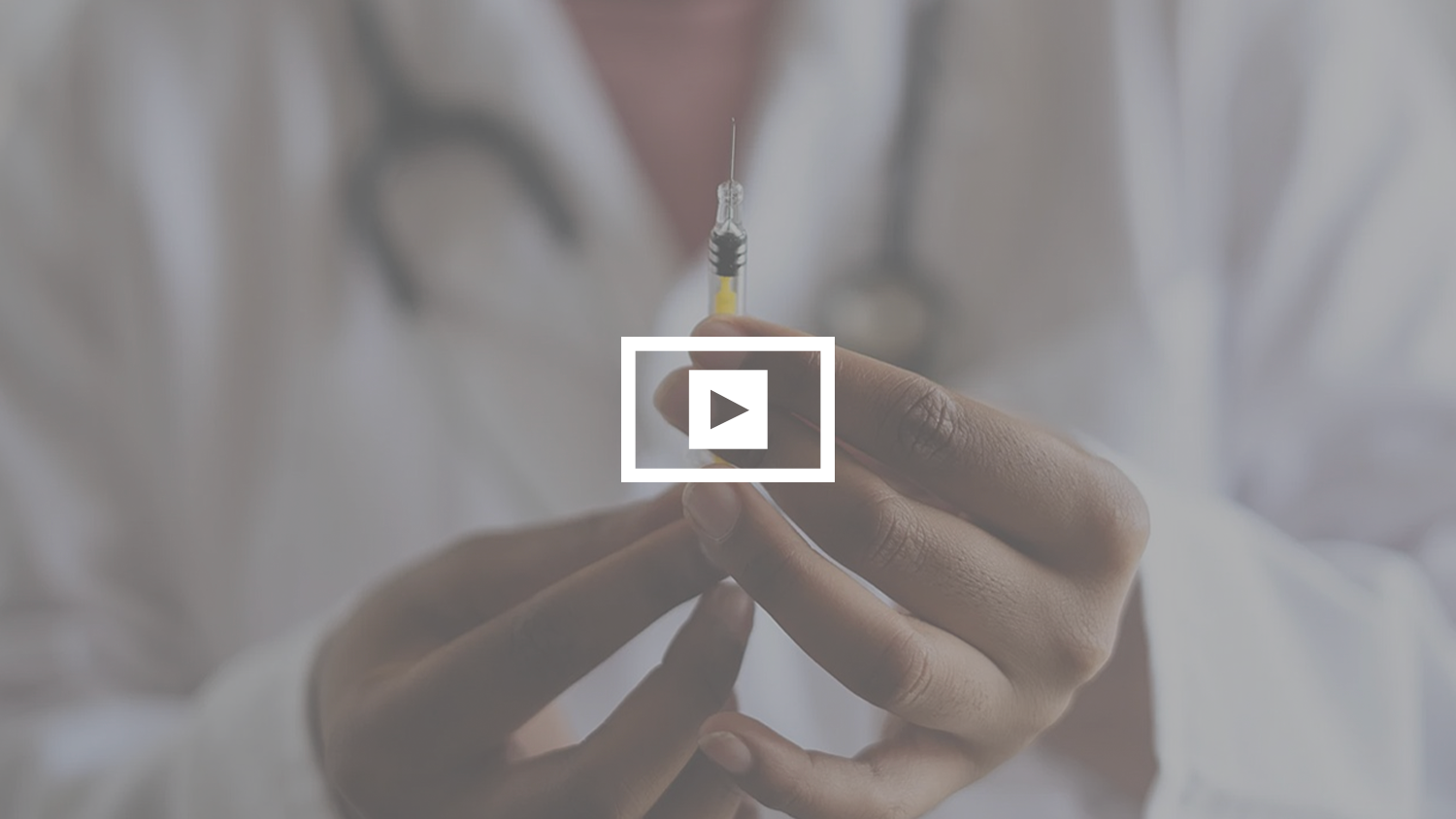Delivering the Vaccine – Procurement’s Challenge


By Dr. Christopher R. Yukins
Lynn David Research Professor in Government Procurement Law
Co-Director, Government Procurement Law Program
The George Washington University Law School
On the day that the Food and Drug Administration met to discuss approval of the Pfizer COVID-19 vaccine, Professor Robert Handfield, the Bank of America University Distinguished Professor of Supply Chain Management at North Carolina State University, joined a panel of international experts to discuss the next step in beating the pandemic: the supply chain challenges in delivering vaccine billions of doses to people all over the globe. The experts, including Maribel Ramos of the National Governors Association, Steve Guppy and Amanda Willett of Crown Agents (which has been handling logistics since the days of the British Empire), Professor Simon Evenett (an internationally recognized expert on trade controls), Desiree Klingler (also from the University of St. Gallen, in Switzerland), and Prashant Yadav of the Center for Global Development in Washington, joined in an online webinar sponsored by George Washington University Law School’s Government Procurement Program to discuss “last mile” solutions for delivering vaccines. The webinar was joined by registrants from over 28 countries, and 25 states across the country.
Key Takeaways
- With vaccines pending FDA approval, the first round of vaccine distribution in the United States will most likely be to healthcare providers and the second round to residents of long-term care facilities. The general population should expect vaccinations to be available around April-June.
- State governors, closely collaborating with local partners, will be responsible for the “last mile” distribution of the COVID 19 vaccine. This includes receiving vaccine allocations from the federal government, managing the systems used for ordering, distributing, and monitoring those allocations, and supporting vaccine administration in several healthcare and community settings.
- An in-depth analysis using the SCOR model of Plan, Source, Make, Deliver, and Sell revealed several bottlenecks likely to emerge in each one of those supply chain areas, from managing how the second dose of the vaccine will be distributed to technological threats, such as hacking, with digital tracking programs.
- Cross-border movement of vaccines will be affected by trade barriers, such as international governments taxing the import of human vaccines up to 10%. The governments of India and South Africa proposed waiving certain elements of the WTO’s agreement on intellectual property, specifically allowing countries to license and produce vaccines.


